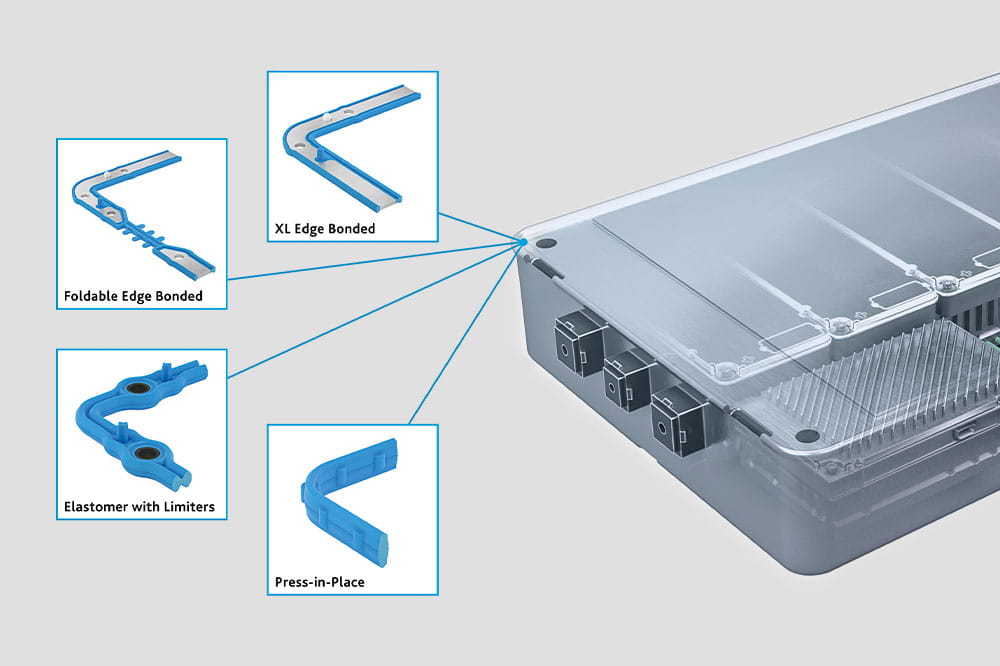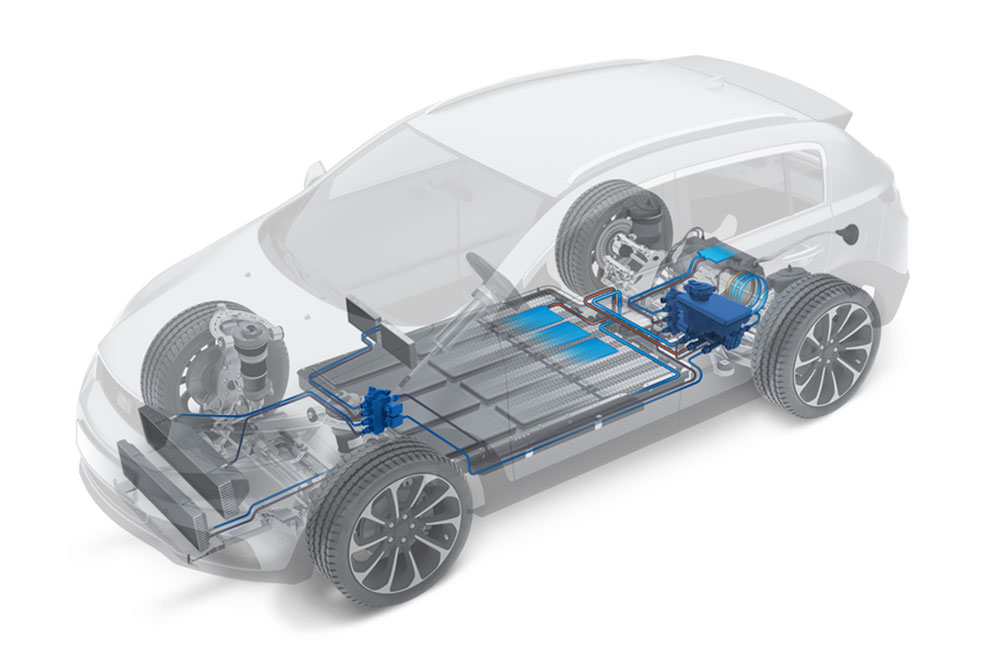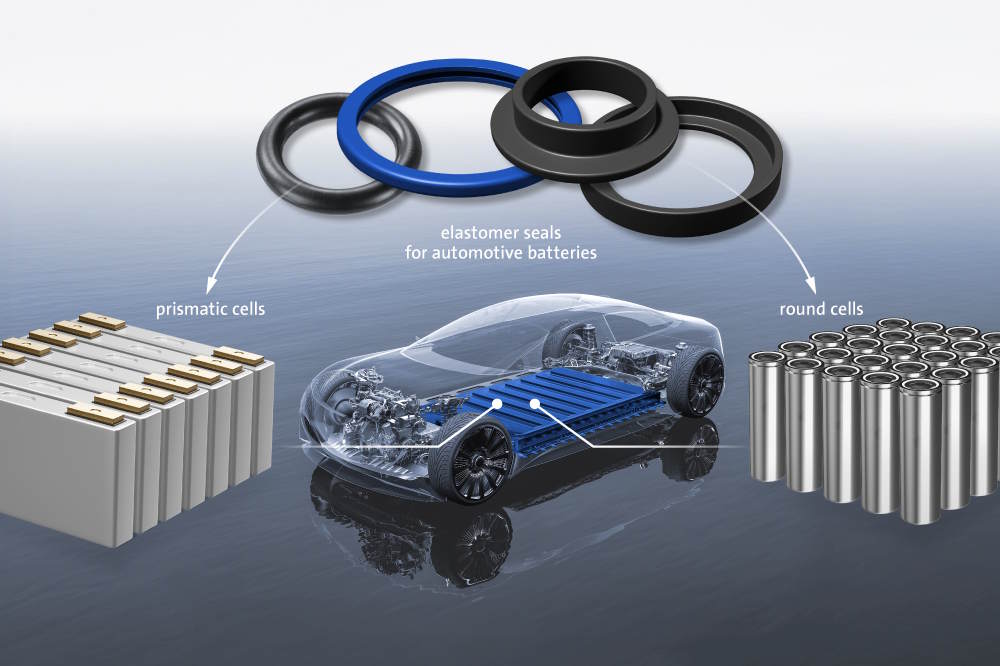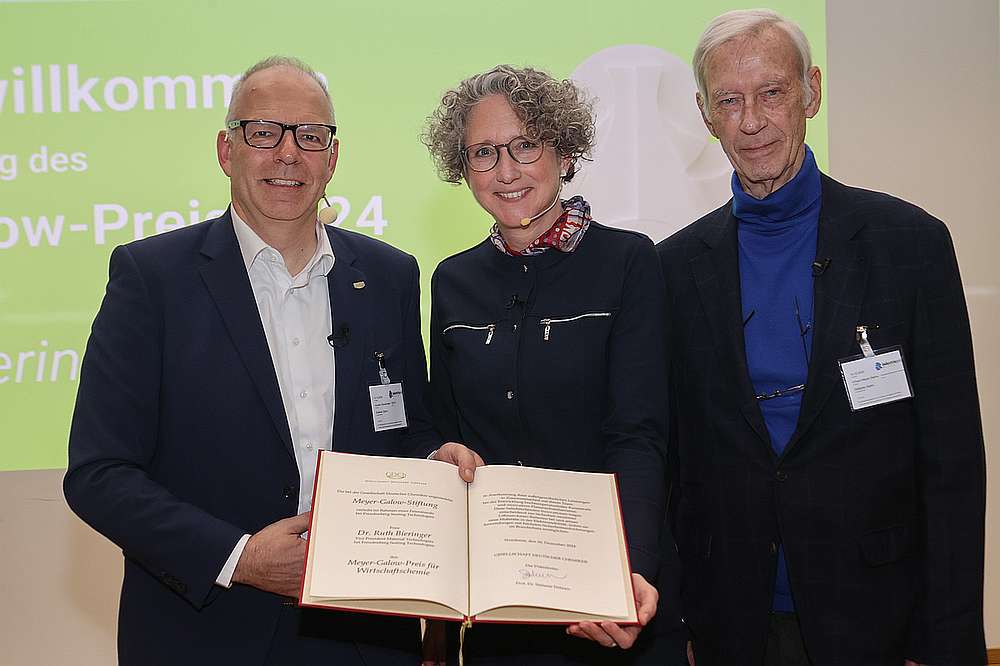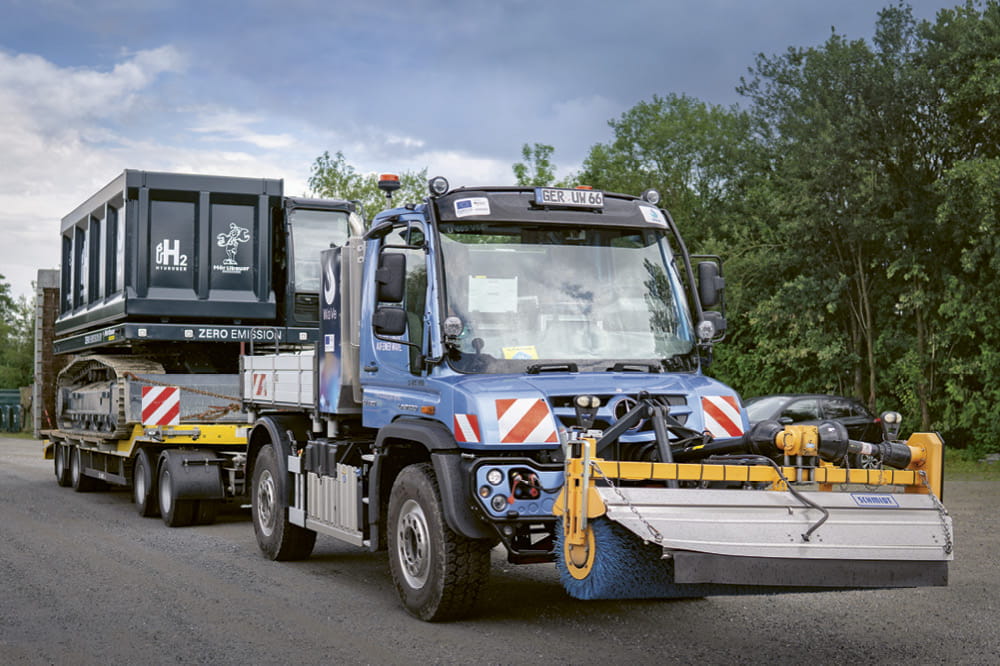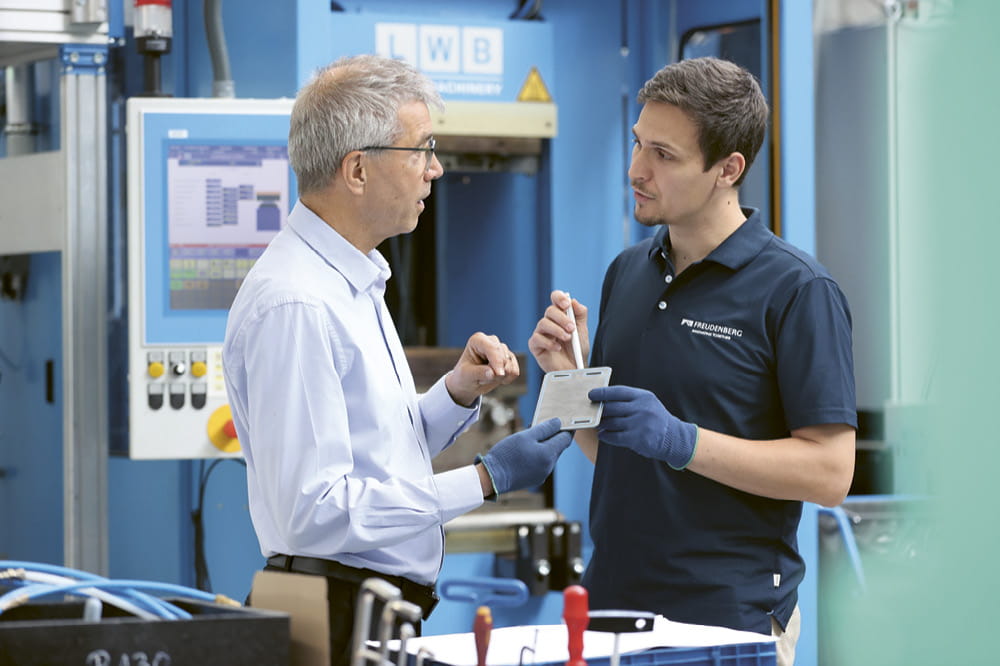Obtain news and background information about sealing technology, get in touch with innovative products – subscribe to the free e-mail newsletter.
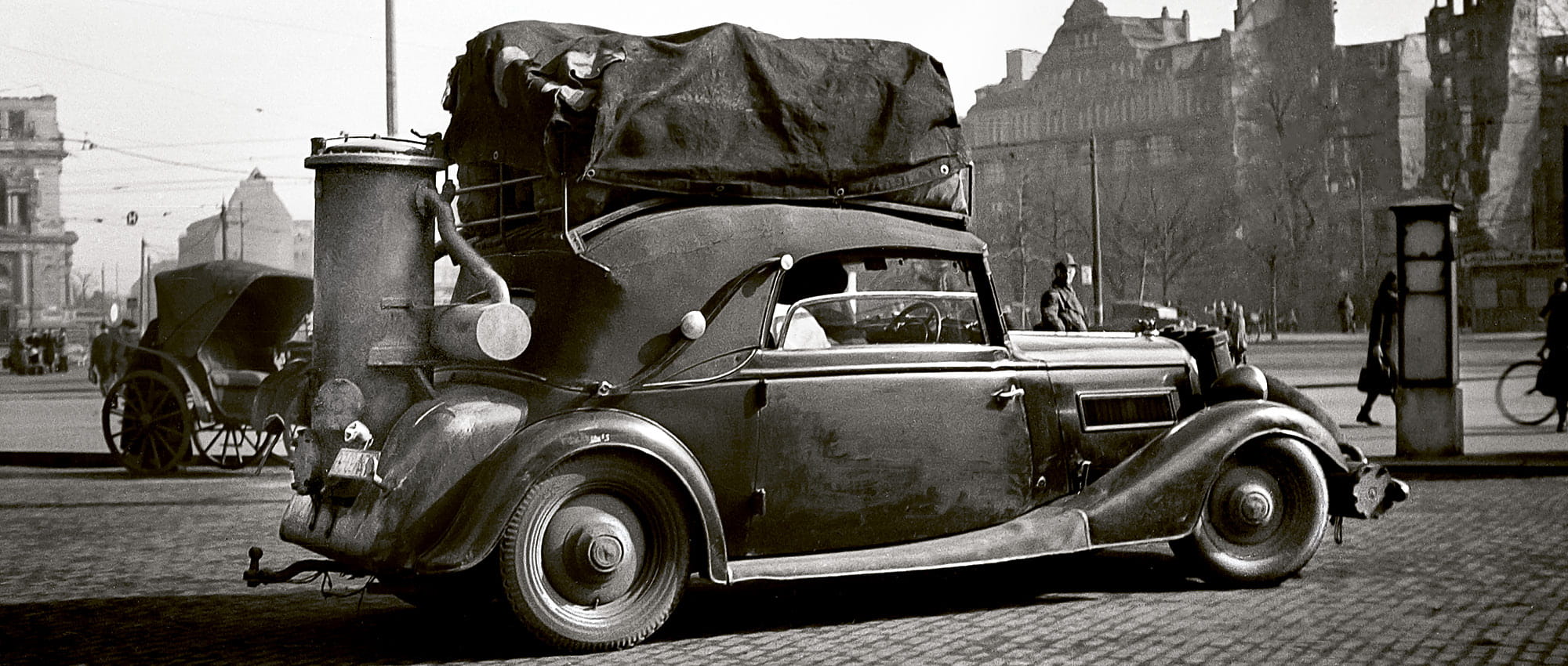
20.08.2020 | Story
Wood Gasifier Cars - A Technology left behind
When people talk about alternative powertrains today, they are referring to hydrogen and batteries. But those talking about them in the 1940s were more likely to have wood gasifiers in mind, at least in the parts of Europe where fossil fuels were in short supply. A look at a forgotten powertrain that other technologies left behind.
The cars and trucks with strange superstructures or extensions immediately stand out in museums or old photographs. They look as though they were transporting massive kettles or stoves, with tubes running along their bodies before disappearing into the engine compartment. In the 1940s, the technology, based on wood gasification, put large numbers of drivers on the road, since gasoline and diesel were extremely scarce during World War II and the postwar period, particularly in Germany. The situation was no different in Switzerland and distant regions of the Soviet Union. The solution was the use of firewood as a fuel.
It is estimated that several million vehicles were powered by wood gasifiers in Germany during the 1940s.
A prototype for a wood-fueled truck had been built before World War I, but it didn’t get traction at first. Then advances in the 1920s and 1930s improved the technology. During World War II, demand was high in specific countries, especially Germany whose laws mandated wood gasifiers for trucks and buses. It is estimated that several million vehicles were powered by wood gasifiers in Germany during the 1940s. But once the most serious needs were managed successfully during the postwar period, the technology took a backseat to gasoline and diesel. For one thing, the supply of fossil fuels had become sufficient. For another, wood gasification had a number of shortcomings.

Short Ranges and Time-Consuming Startups
For example, not just any wood was suitable. The gasification system worked best with a hardwood, from the beech tree, for example, and it had to be dried for several months. Even if you were traveling in heavily forested regions, you couldn’t process a thick tree branch into firewood to refuel and then continue the trip. Furthermore, the wood had to be broken up into small blocks of the right size. Some drivers carried reserve wood on the vehicle’s roof or in a trailer so they could refuel along the way. That increased the weight of the car or truck, which already weighed more than a conventional internal-combustion vehicle due to the gasifier. Three kilograms (6.6 pounds) of “wood gas” replaced about a liter (roughly a quarter-gallon) of gasoline. Depending on the size of the gasifier, the vehicle’s range was just 80 to 170 kilometers (about 50 to 106 miles). In addition, the engine output did not keep up with the other powertrains. There was about a 20 percent decline in performance.
Depending on the size of the gasifier, the vehicle’s range was just 80 to 170 kilometers (about 50 to 106 miles).
Beyond these drawbacks, the operation of a wood gasifier needed something else: patience. It took a few minutes to move the car or truck at all. At first, charcoal had to be ignited in the generator, a stove-like appendage, before wood could be added to the mass of embers. The gas mixture that formed was cooled down and filtered on its way to the engine. And after the trip, the driver had to spend time cleaning the generator and regularly maintain the system. On relatively long trips, it had to be checked regularly as well.
The Wood Gasifier: An Emergency Solution
Besides, this type of powertrain posed hazards if handled improperly. For example, the gas mixture might end up with a high proportion of carbon monoxide, an odorless gas that could lead to poisoning in enclosed spaces such as garages. The generator, where temperatures climbed hundreds of degrees, had to be handled with care, especially during the “refueling” with firewood. There were good reasons to require separate driver’s licenses for drivers of gasifier-powered vehicles, at least as far as the German government was concerned. Today it is just tinkerers and a few diehards in heavily forested locations in Canada and Scandinavia who draw inspiration from wood gasification. In any case, it isn’t a viable option as a powertrain today. From a historical standpoint, it was functional and certainly a high-performing propulsion system, even if it was purely an emergency solution.
More news on the subject Automotive & Transportation

Join Us!
Experience Freudenberg Sealing Technologies, its products and service offerings in text and videos, network with colleagues and stakeholders, and make valuable business contacts.
Connect on LinkedIn! open_in_new

